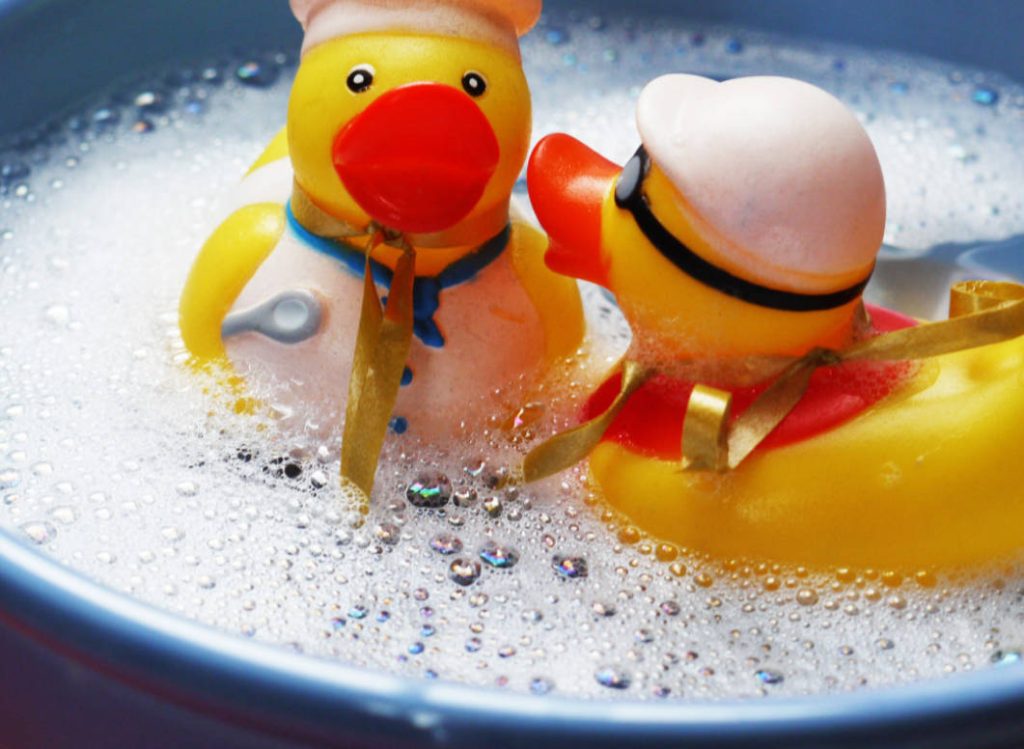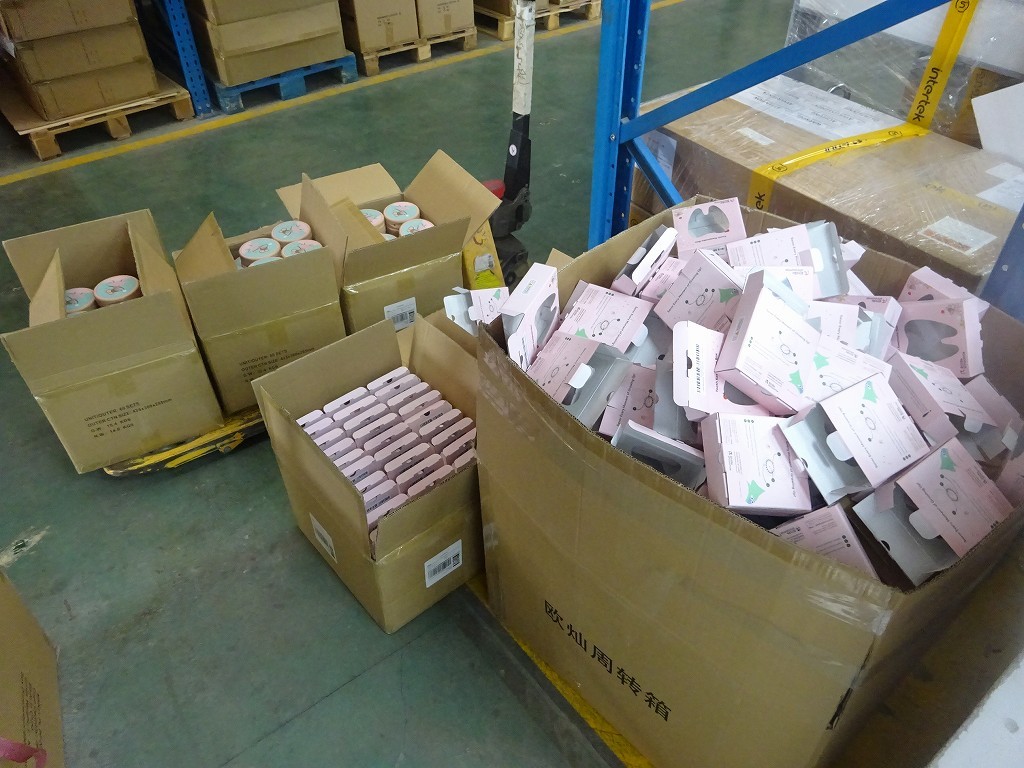Children’s bath toys provide entertainment and educational value during bath time. Ensuring the safety and quality of these toys is of utmost importance to protect children from potential hazards. In this article, we will explore the quality requirements and international standards implemented for children’s bath toys. We will also provide insights into the inspection process conducted by NBNQC.

Contents
Quality Requirements for Children’s Bath Toys:
Manufacturers and regulatory bodies enforce specific quality requirements to ensure the safety and suitability of children’s bath toys. These requirements generally encompass the following aspects:
1.Material Safety: Children’s bath toys should be made from non-toxic materials that meet safety standards. Common materials used include BPA-free plastics, silicone, and natural rubber. They should be free from harmful chemicals, sharp edges, or small parts that could pose a choking hazard.
2.Durability and Strength: Bath toys should be durable enough to withstand regular use, including exposure to water, heat, and moisture. They should not break or disintegrate easily, preventing the risk of small parts becoming detached and causing harm.
3.Water Resistance: Bath toys should be designed to resist water penetration, preventing the growth of mold, mildew, or bacteria. This is particularly important for toys with holes or openings that can accumulate water.
4.Design and Construction: The design and construction of bath toys should prioritize safety. They should have smooth surfaces, rounded edges, and secure parts to avoid any potential injury during play. Toys with suction cups or attachments should be securely fastened to prevent accidental detachment.
5.Age Appropriateness: Bath toys should be clearly labeled with the recommended age range to ensure suitability for children’s developmental stages. This information helps parents and caregivers select toys that align with their child’s abilities and safety requirements.
International Standards for Children’s Bath Toys:
Various countries have implemented standards and regulations to ensure the safety and quality of children’s bath toys. Some prominent international standards include:
1.EN 71 (European Union): This standard, comprising several parts, covers the safety requirements for toys. Part 3 specifically addresses the migration of certain elements from toys, including chemical substances, to prevent harm.
2.ASTM F963 (United States): This standard establishes safety requirements for toys in the U.S. market. It covers various aspects such as mechanical and physical properties, flammability, and chemical composition.
3.ISO 8124 (International): The ISO 8124 standard series encompasses safety requirements for toys worldwide. ISO 8124-6 focuses specifically on the safety of swimming aids, including bath toys.
NBNQC’s Process for Inspecting Children’s Bath Toys:
NBNQC, a leading inspection organization, follows a comprehensive process to assess the quality and safety of children’s bath toys. This process involves the following steps:
1.Documentation Review: NBNQC begins by reviewing the manufacturer’s documentation, including design specifications, material certificates, and test reports. This ensures compliance with relevant standards and regulations.
2.Visual Inspection: Inspectors visually examine the bath toys, assessing their overall design, construction, and labeling. They check for potential hazards such as sharp edges, small parts, or inadequate warnings.
3.Material Testing: Samples of the bath toys are collected for material testing. This includes analyzing the composition of the materials used, ensuring they meet safety standards and are free from harmful substances.
4.Performance Testing: NBNQC conducts performance tests to evaluate the durability and functionality of the bath toys. This may involve subjecting the toys to water immersion, temperature resistance, and mechanical stress to simulate real-world usage scenarios.
5.Safety Compliance: Inspectors verify if the bath toys meet the specific requirements outlined in relevant international standards, such as EN 71, ASTM F963, or ISO 8124. They ensure compliance with criteria related to material safety, durability, water resistance, and age appropriateness.
6.Final Inspection Report: Based on the findings, NBNQC provides a detailed inspection report summarizing the quality and safety assessment of the bath toys. This report aids manufacturers, importers, and retailers in making informed decisions regarding product compliance and marketability.
Conclusion:
Children’s bath toys play a crucial role in enhancing bath time experiences for children. Ensuring their safety and quality is vital to protect children from potential hazards. International standards such as EN 71, ASTM F963, and ISO 8124 provide guidelines to manufacturers and regulatory bodies. Inspection organizations like NBNQC play a significant role in verifying compliance with these standards, conducting material and performance tests, and issuing comprehensive inspection reports. By adhering to quality requirements and international standards, we can create a safer and more enjoyable environment for children during bath time.






